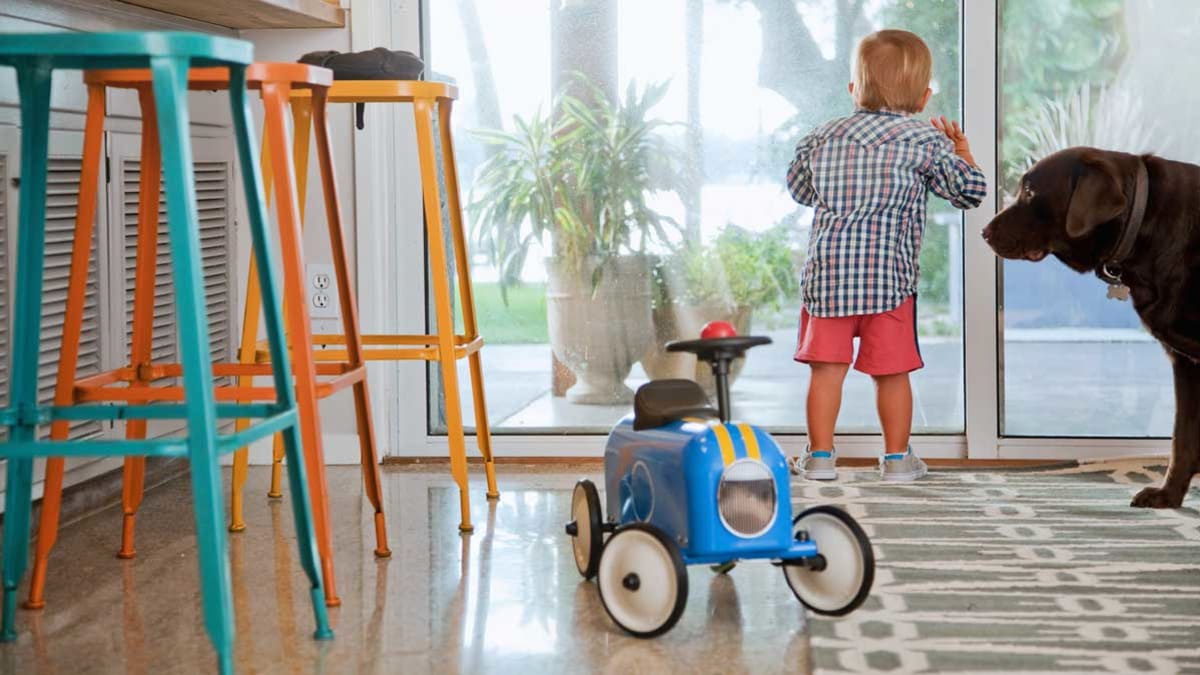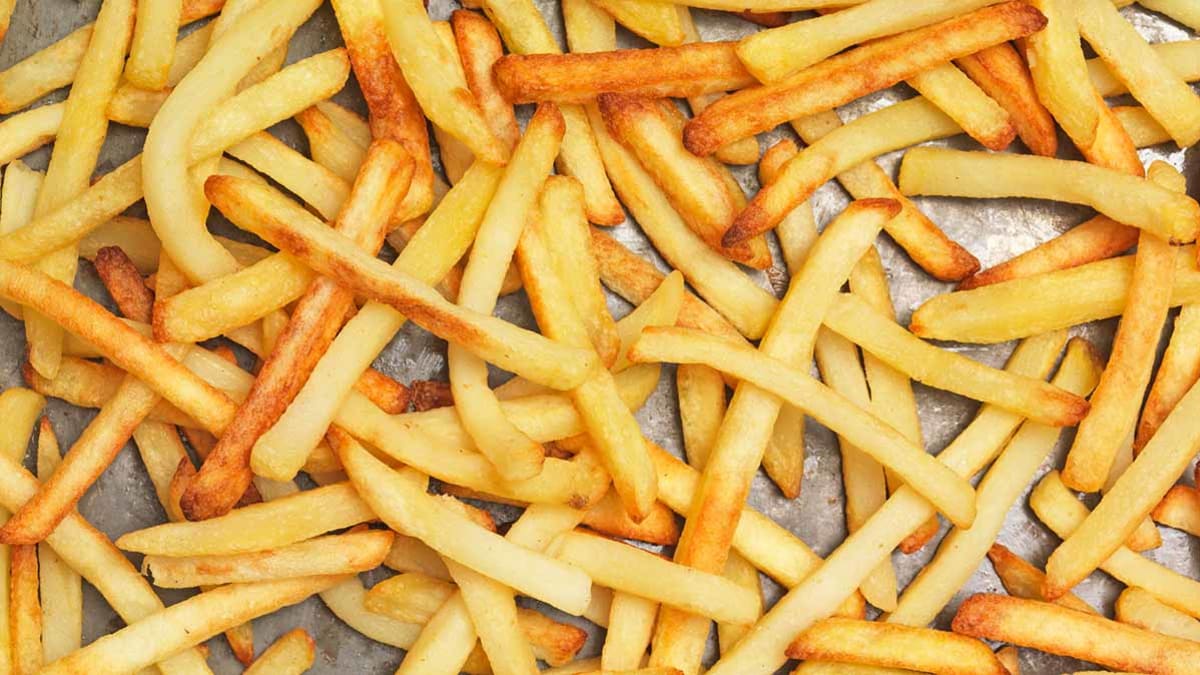Most Durable Flooring for High-Traffic Areas

Generally, wood and engineered wood—that is, layers of plywood and other materials topped with a thin slice of real hardwood veneer and a protective coating—don’t stand up well in high-traffic areas. When faced with the abrasion machine in Consumer Reports’ surface-wear tests—a stand-in for the abuse of high-traffic areas—most of the prefinished solid-wood and engineered-wood products in our recent evaluations received only a satisfactory or less-than-satisfactory rating.
The unimpressive performance of prefinished solid wood has to do in part with the upper “wear layer”—polyurethane, for instance—that manufacturers apply to floorboards. When Consumer Reports tests these two wood flooring types, the resulting wear is visible more quickly than for other types of flooring.
“Laminate and vinyl products are generally made of tougher stuff,” says Larry Ciufo, who leads flooring testing at Consumer Reports. Porcelain is even better for wear resistance, he adds, but it’s more expensive and trickier to install and repair.
Our top-performing flooring products in laminate and porcelain tile, and most top-performing vinyls, get superlative ratings not just for resisting foot traffic, but also stains and sunlight. But note that daily sweeping and regular maintenance is essential to maintaining the integrity of a floor’s finish, regardless of the material.
Now, however, the holy grail of flooring—the look of wood plus the strength of tile—is a reality. Porcelain tile, a relatively new flooring type, doesn’t have the “give” of a new wood floor, but appearance-wise, it’s a pretty good facsimile. And Consumer Reports’ tests found that it’s tough enough to hold up in highly trafficked areas like hallways, kitchens, and basement dens.
“Tile is the highest-rated flooring among the categories we test,” says Ciufo. “It doesn’t wear out, scratch, or stain. Its color doesn’t fade, it’s waterproof, and it is surprisingly slip-resistant, even when wet. Porcelain tile is the best choice for bathrooms, mudrooms, laundry rooms—and probably kitchens.” Why the qualifier for kitchens? “It may crack when something heavy is dropped on it,” Ciufo says. Tile floors are also unforgiving when it comes to dropped glassware or dishes.
Before you make your final choice, consider these key factors.
• Vinyl, tile, and most prefinished solid flooring types are better choices when it comes to formaldehyde emissions. Just be sure to use formaldehyde-free glues when installing those materials. Prefinished solid bamboo, engineered wood, and laminates are made with glues and resins that can emit formaldehyde.
• If you’re worried that lower-cost laminate and vinyl will look fake, our experts say to mix up planks from different boxes as you lay them down. That helps to break up a repetitive pattern.
Source link











